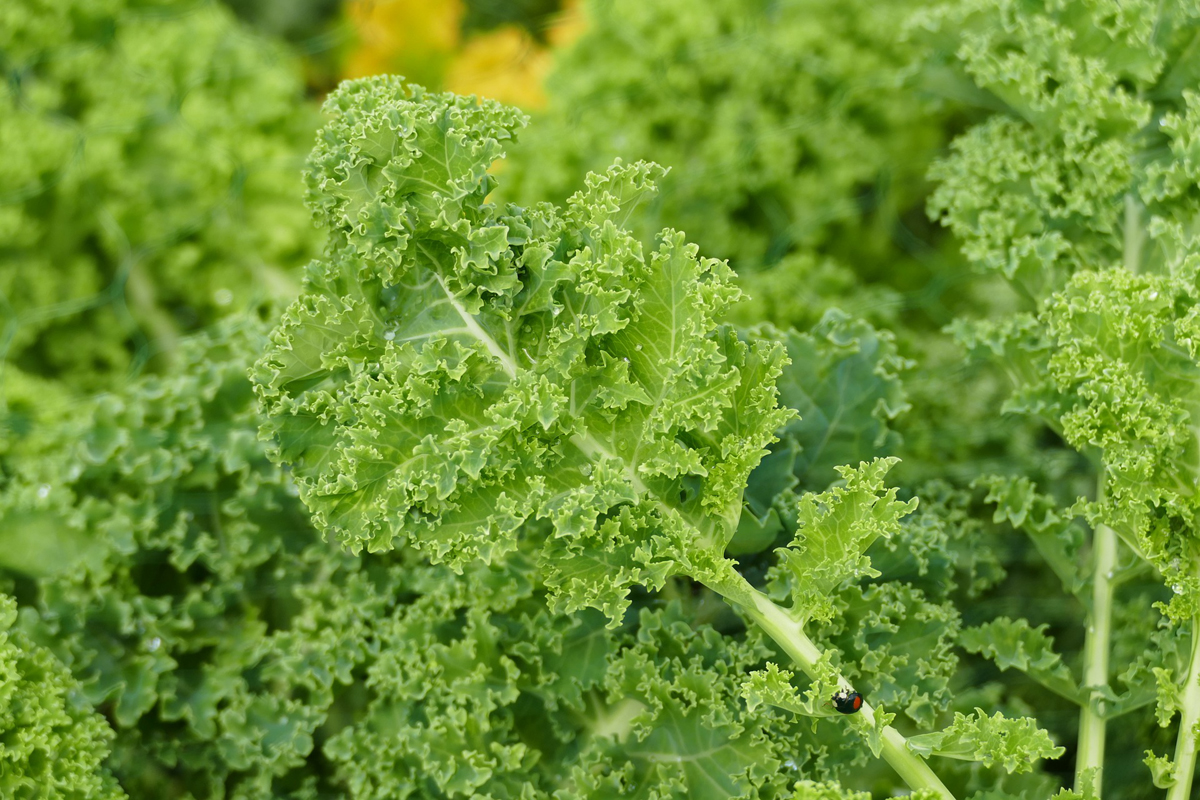Both delicious and nutritious, Kale today is widely becoming one of the most popular vegetables word-wide. The leafy green form of cabbage has more vitamin C than oranges and is an excellent source of iron, not to mention it’s loaded with anti-oxidants. Growing kale can be easy even for those of us who do not consider ourselves a “green thumb.”
Planting The Seeds
Generally, you will want to plant in Fall or early Spring. The only time you don’t want to grow kale is in the summer, as heat is the enemy of kale. It is a good idea to plant kale seeds in a garden bed preferably about 15-25 inches apart. Allowing sufficient space enables plenty of room for the fluffy leaves to grow. Irrigate the soil well and, preferably, mix with fertilizer. Seeds are best planted approximately 1/2 inch deep. Because the seeds will be shallow, you want to make sure that the seeds are covered with soil once placed in the garden bed or pot.
The Growing Process
It will, on average, take approximately five or six weeks before reaching seedling stage. Ensuring the kale receives plenty of water is crucial to the growing process. Once six or seven leaves are showing, you may want to transfer the kale to a garden bed, if the kale had originally been planted in a small pot. Check the plants every week or so for insects such as caterpillars. If infested, caterpillars can be deterred by treating the leaves with Chili spray or by dusting the leaves with household flour.
Harvesting The Kale
About 85 days after sowing the seeds, the kale is usually ready for harvesting, but this can vary depending on the climate and season. It’s best to only take a few leaves at a time, in order to get the most out of each plant. You always want to leave some of the new leaves on the plant so that it can continue growing. It’s advisable to prune off some of the older leaves, even if they’re not usable, to reduce the chance of pest infestation. Harvest any leaves which may be turning yellow.
Storing
You can pick kale regularly and it can be stored, if refrigerated, for up to a week. If you choose to do so, keep it lightly moist and place it in a bag, but unsealed, in the crisper bin.
So, now you are ready to start growing. This dark green leafy vegetable is worth the wait and is finally getting its due as a delicious superfood.
The Author:
Kaleguide
